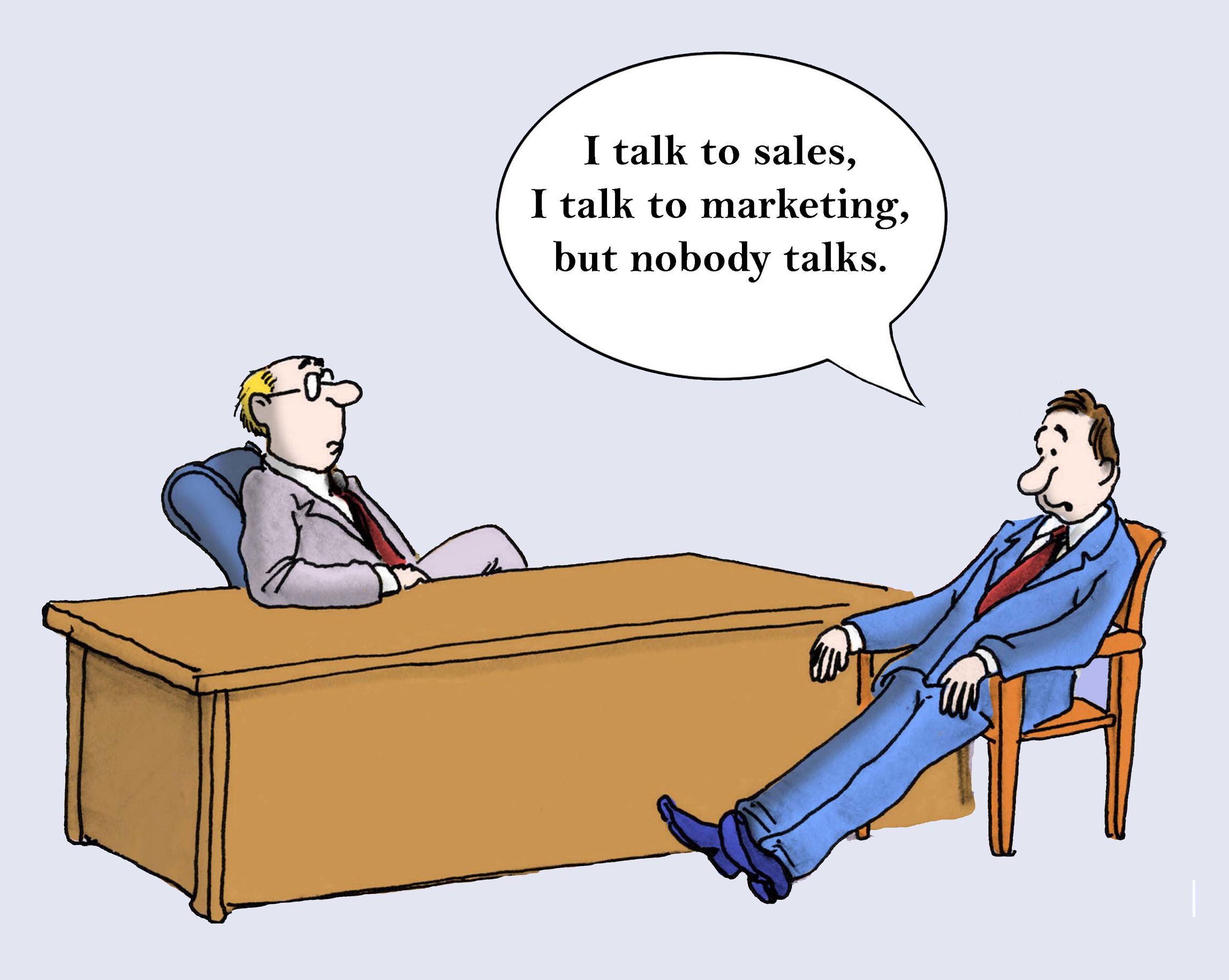How employee communications technologies are enabling ‘continuous listening’
Dramatically increased interaction on real-time connectivity platforms lets communicators collect vital data on the workforce’s state of mind.

Two-way communication has long been the gold standard for internal communicators, but the latest employee communications technologies have made it a more tangible reality.
Where companies once struggled to get employees to regularly check the intranet, or tried to extrapolate a year’s worth of feedback from one annual survey, now tools like Slack, Yammer, Workplace from Facebook, Microsoft Teams and more offer opportunities for “continuous listening.” That’s a phrase Betsy Sewell, head of product marketing for Aware, a governance, risk and compliance solutions company, uses to describe internal comms programs that continually source feedback from employees.
This kind of constant engagement has become even more important in the face of the COVID-19 crisis. According to Gallup, highly engaged teams are more resilient that their peers, something that Sewell cites as key evidence for the need for the most up-to-date communications technologies.
These new platforms offer clear benefits over more traditional channels like e-mail because of their transparency and because many users can interact simultaneously, Sewell says. On email, the only visible participants are the person sending the email and perhaps a responder. On a platform like Slack or Teams, multiple parties can join a collaborative conversation and feel like a valuable part of the process.
Build community on digital tools
COVID-19 and the rise of remote work has forced the rapid adoption of these workgroup-communications technologies. In turn, they’ve transformed what the workplace looks like and how employees expect to communicate.
A platform like Slack or Microsoft Teams allows immediate, department-wide chats and collaboration. Yammer or Facebook’s Workplace offer an organization-wide ecosystem for communication. Any employee or stakeholder can start a conversation, add to a thread, or pose a question to the whole organization.
That’s a valuable democratization of workplace comms, but it won’t work unless employees engage.
Onboarding the skeptics
Sewell says employee engagement is typically a two-step process. The first is getting the workforce to use the tools, something she says is a change-management process that requires campaigns and incentives. The good news for communicators is that rolling out new technologies might be the easiest it’s ever been. “Because of the pandemic, remote work has stimulated the adoption of these tools,” Sewell says, noting that Microsoft CEO Satya Nadella observed in April that two years of digital transformation had been done in two months.
The second part of the equation is making employees feel psychologically safe when using these platforms. Sewell details three ways you can make workers feel comfortable on your platform.
- Model behavior. Get senior leaders using the platforms to share relevant messages and start meaningful conversations.
- Use community managers/culture champions. Identify and coach superusers in the organization to drive productive, tolerant discussions around hot topics.
- Moderate conversations that aren’t healthy. Actively curtail or remove unprofessional conversations in order to set a precedent of acceptable behavior.
Engagement on these platforms has to happen in real-time to be effective, Sewell says. This means internal communications resources must be allocated in managing conversations.
Continuous employee feedback
One of the benefits of these platforms is the ability for organizations to have constant information about employee outlook and sentiment on a variety of issues. Historically, organizations would get employee feedback from an annual engagement survey, says Sewell. However, an annual survey ends up being “not all that actionable” once you consider the many variables at play.
“It’s a single point in time,” Sewell says. A survey could be skewed by any number of factors, such as a recent round of layoffs, or because it came right after an annual bonus was announced. Surveys can also be an incomplete picture of the workforce if some members never respond or workers have survey fatigue.
Getting honest answers
In the end, whether you’re using new, group communications platforms or older methods, employee feedback is only as good as the honesty of employees, and that’s dependent on their comfort level. After all, being open and honest in a workplace setting can be fraught—for many reasons.
Getting people comfortable with sharing openly in the “continuous listening” model should start at the top, Sewell says.
“Have executives share their feedback and opinions,” she says. They’ll “set the precedent” for how to have a safe conversation. It may not be enough for everyone; there will always be some employees who fear retribution.
However, if leaders don’t show the way, the adoption rate and subsequent data produced won’t be enough.
Internal communications platforms also offer the opportunity for social listening, something that Sewell compares to external social listening done by many communications and marketing teams—just internally facing. “Listen to conversations that aren’t a formal focus group or survey,” she advises, adding that communicators must take care not to be “intrusive.”
What to look for
What data points should be gathered by internal listeners? Sewell recommends identifying indicators that offer feedback on key initiatives.
One element that can be measured is “sentiment”—using polls and surveys as well as AI analytics. In more granular detail, you can also be on the lookout for toxic behaviors or discriminatory language that shows up on your platforms.
Sewell stresses that data should be collected to identify a “why.” If something has a negative sentiment associated with it, communicators should work towards understanding “why” that is happening.
For example, a recent project failure might be getting some frank and productive analysis on your platform—and negative sentiment is expressed—but that’s not necessarily a bad thing. Similarly, a change in benefits might be irking some employees because it involves extra steps or other difficulties. An active listening program can identify the pain point quickly, allowing for a rapid resolution.
What’s in it for execs
With so much to recommend it, how do you get top leaders to sign off on these important technological tools?
Sewell offers a couple of key elements that are particularly beneficial to executives.
- Identify themes in employee conversations. What’s top of mind for employees and if they are upset, why?
- Is a given problem isolated or widespread? Make sure leaders are getting the full picture.
Constantly listen to support your people
How often should your internal team be soliciting feedback and reporting results in a “continuous listening” model?
Sewell says there is no “one-size-fits-all” approach—but with tech tools at your disposal, she says listening should be constant.
“If you are always listening you can identify when trends change and then escalate to top leaders,” she says. If nothing changes? Leaders at many clients are happy with a monthly report. However, constant listening allows you to ramp up efforts in the face of challenges like COVID-19.
“Executives can lead with empathy and be in tune with how employees feel,” she says because listening programs are sourcing key insights that inform those messages. That’s not the same as constantly reacting. She says the data should be used to strategize, not whip between extremes.
With the latest technology connected you with employees, you will have the insights you need to survive the unknowns waiting for us on the other side of the COVID-19 crisis.
This article is in partnership with Aware. Learn more by joining Ragan’s Internal Communications & Employee Experience Virtual Conference Oct. 14, where Aware is a sponsor.







